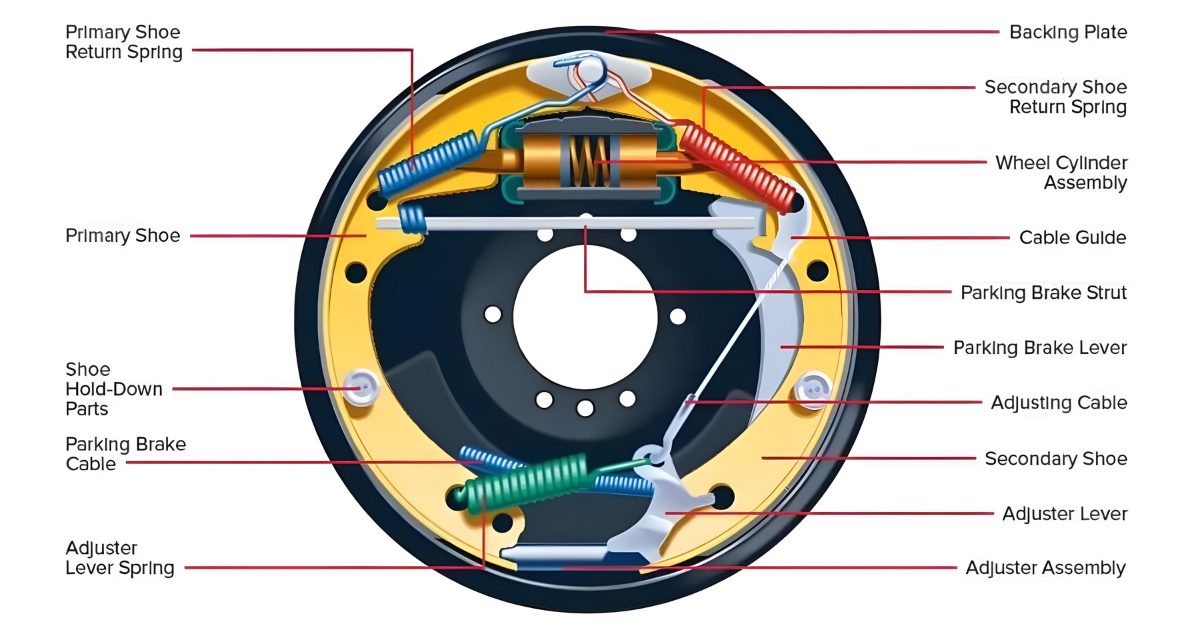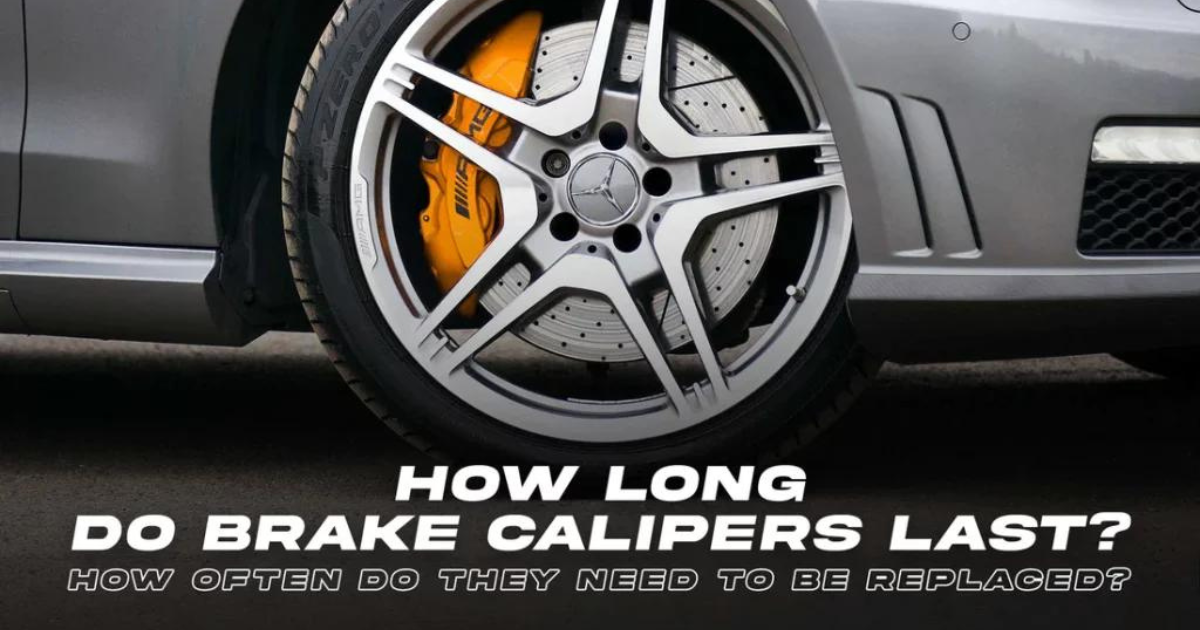While every part of a car is vital, some are more so than others. The braking mechanisms, for instance, are cornerstones of automobile safety systems. If you think the engine speed is significant, think again. The brake system is even more crucial.
What are ceramic brake pads?

Only high-end vehicles should use ceramic brake pads. In addition to outlasting competing brake pads, they provide a pleasant yet firm braking experience. What is the expected lifespan of ceramic brake pads? Although they aren’t designed for high-performance vehicles, carbon ceramic brake pads have an impressive lifespan of up to 70,000 miles.
They don’t stick as well. As a result, applying the brakes won’t cause them to wear out significantly. Furthermore, compared to other types of brake pads, ceramic ones produce far less dust, and that dust is so fine that it won’t gum up the wheels.
Ceramics can withstand a wide range of climates. Actually, they function exceptionally well in harsh weather. For this reason, ceramic brake pads are ideal for high-end vehicles and their lustrous custom wheels.
No noise is produced by the ceramic pads. They might create a sound, but it’s too low for you to hear because the frequency is so low.
Premium prices are indicative of high-quality goods. Due to the superior quality of the material utilized in their production, ceramic pads are significantly more expensive than semi-metallic and organic brakes. Ceramic brake pads have piqued your interest, but what exactly are they constructed of?
What are organic brake pads?

The materials used to make ceramic brakes are as easy to pronounce as the name suggests. Finding those organic brake pads makes this task rather difficult. Organic brake pads were already challenging to make due to the wide variety of materials used by manufacturers.
On the other hand, most organic brake pads are composed of rubber and glass, with some brands even including kevlar. Organic brake pads are popular due, in part, to their relative lack of noise and extreme softness.
Not only are these pads inexpensive, but the materials utilized to make them are as well. For the ordinary motorist, this makes them an excellent option.
For shorter distances, the organic brake pad is a good choice. They produce more brake dust on the wheels and wear out more quickly than regular brake pads. So, if you drive a premium vehicle or often do long commutes, ceramic brake pads can be a good investment.
Just type “brake pads ceramic vs. organic vs. metallic” into Google and you’ll get a detailed comparison of the three most common types of brake pads.
Conclusion
During the course of the discussion on ceramic vs. organic brake pads, you have seen the distinctions, pros, and cons of both types of brakes. For both small and high-end vehicles, they are great options. Their price and longevity are the key differentiating factors.
If you’re on a tight budget or just do short trips around town, an organic brake pad is a good pick. On the flip side, ceramic brakes are the way to go if you value a quiet and long-lasting braking experience.




